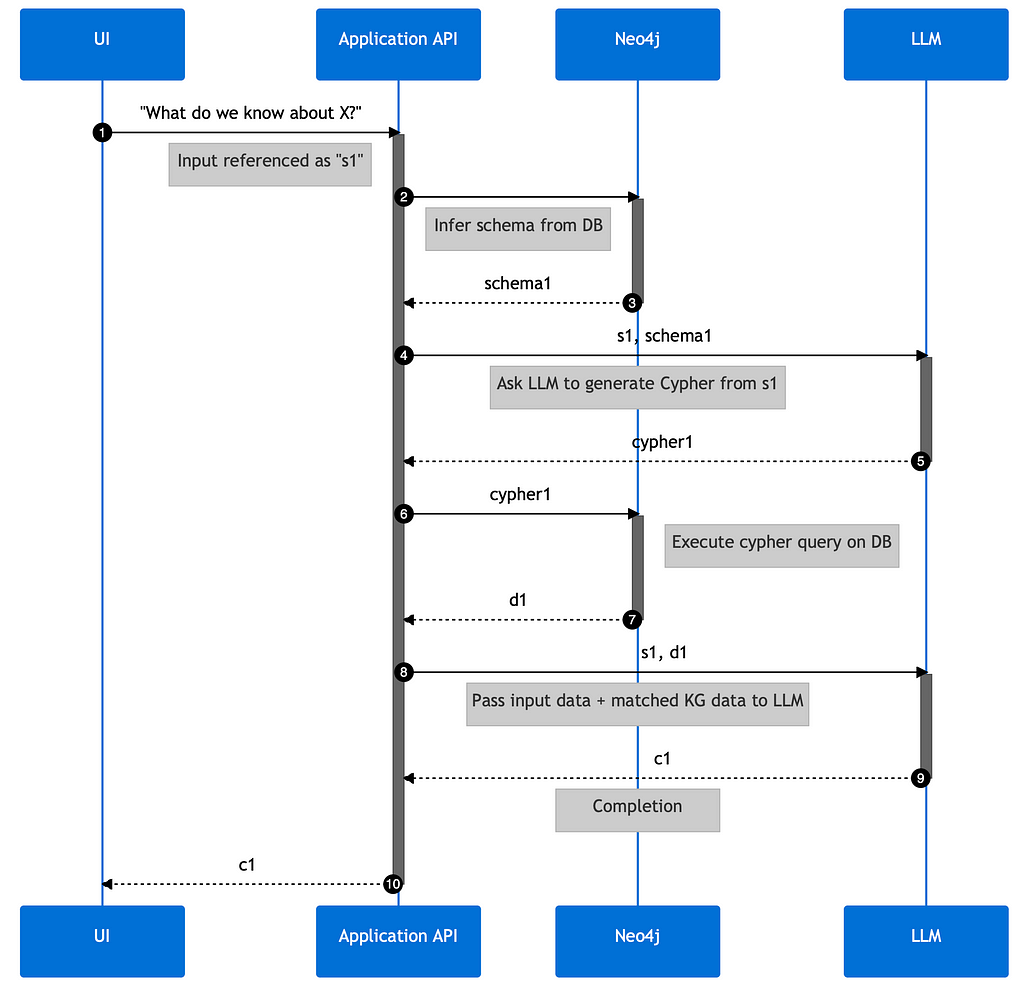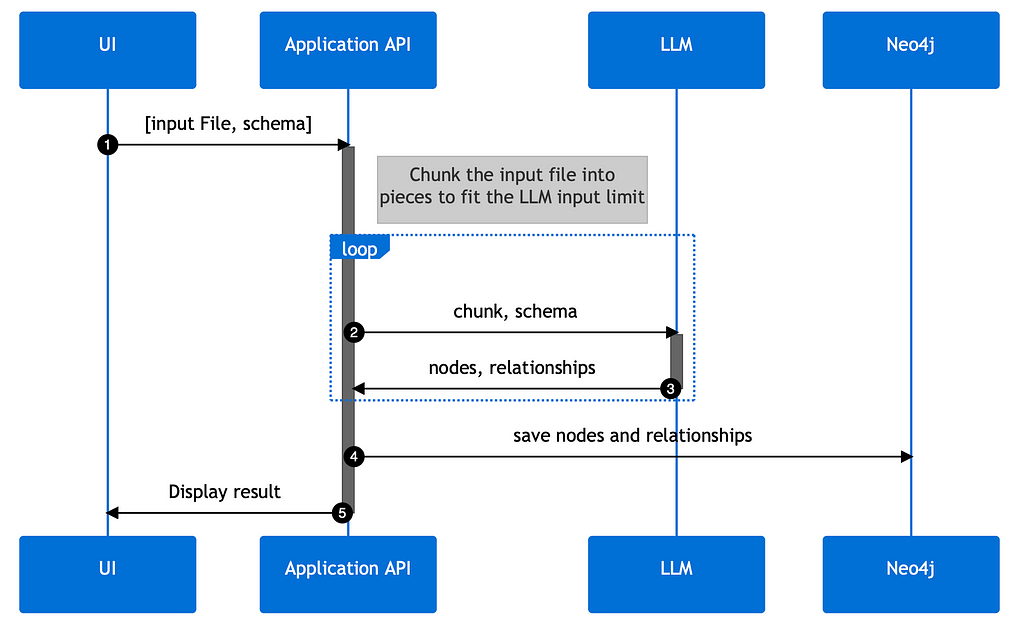Harnessing Large Language Models With Neo4j

Sr. Staff Software Engineer, Neo4j
4 min read
Episode 1 – Exploring Real-World Use Cases
Large language models (LLMs) like ChatGPT have taken the world by storm in 2023 due to their ability to understand and generate human-like text. Their capacity to adapt to different conversational contexts, answer questions across a wide range of topics, and even simulate creative writing has revolutionized the way humans and machines interact, sparking a new wave of artificial intelligence applications.

Thanks to their ability to “understand”, generate, and refine human-like text, LLMs offer us new methods for working with data. Our team at Neo4j has started a project to explore, develop, and showcase practical uses of these LLMs in conjunction with Neo4j.
One key aspect of this project is the integration of graph database technology and concepts like knowledge graphs into the LLM application stack. By doing so, we expect to enhance the accuracy, transparency, and predictability of the model output and open up new use-cases both for using LLMs as well as databases.
As part of this project, we will construct and publicly display demonstrations in a GitHub repository, providing an open space for our community to observe, learn, and contribute.
While we base our project on our current understanding and technology, we fully acknowledge that this is a rapidly advancing field, and future findings may refine our approach. Consequently, our perspective and strategies are subject to change in response to new data and technological progress.
Identifying the Real-World Use Cases
The initiation phase of our project focused on the identification of real-world use cases, which would form the basis for our upcoming solutions. After thorough research, market analysis, and customer interactions, we’ve narrowed down two initial use cases that frequently feature in our conversations with customers.
1. Natural Language Interface to a Knowledge Graph
Our first use case focuses on developing a natural language interface for knowledge graphs. The goal is to create a user interface that simplifies the process of data selection, querying and processing, making data more accessible and easier to understand.
Allowing you to “talk to your database”.

The preferred method for this is a chat-like interface that would generate database queries based on the user question and the inferred schema of the database.
Based on feedback from our users, there is a significant demand for natural language responses over just citing data and linking to sources. By utilizing LLMs, we can provide these responses, presenting information in a way that mimics natural, human conversation.
We’re exploring techniques to inform the LLMs about the content of the knowledge graph. This could involve a similarity search on vectorized content passed via context or fine-tuning a model on the knowledge graph itself.

However, while simplicity and comprehensibility are important, so too are the accuracy and credibility of information. To ensure this, all responses should include links to source data, offering full transparency and traceability.
These advancements for LLMs and their integration into knowledge graph interfaces represent an exciting step forward in making complex data more user-friendly and trustworthy.
2. Creating a Knowledge Graph from Unstructured Data
The second use case showcases the creation of knowledge graphs from a multitude of unstructured data sources, including but not limited to PDFs, HTML pages, and text documents.

LLMs interpret various types and meanings in the text, making sense of unstructured data by identifying its inherent structure based on the training data.
They can
- decipher entities,
- discern relationships, and
- eliminate redundancies by recognizing duplicates.
In effect, LLMs can transform a seemingly indistinguishable mass of unstructured text into a well-organized, meaningful knowledge graph of entities and their relationships.

Interestingly you can guide LLMs with the appropriate prompts to output structured data directly, e.g. as JSON data structures for node- and relationship-lists, that we can feed directly into the graph database.
By leveraging LLMs in this way, we can streamline the knowledge graph creation process, improving efficiency and accuracy. Especially the disambiguation helps with the many of variants we humans put into our texts for the same entities and relationships just to entertain the reader.
As a result, valuable data becomes easier to access, understand, and use for decision-making.
Next steps
As the project progresses, our goal will be to develop prototypes for these use cases. We aim to improve the interaction between you, the users and your connected data using Neo4j and LLMs.
Keep an eye out for updates from our team as we progress the development of this project, all of which will be openly documented on our GitHub repository: https://github.com/neo4j/NaLLM
GitHub – neo4j/NaLLM: Repository for the NaLLM project
/ The NaLLM Project Core Team at Neo4j: Tomaz Bratanic, Jon Harris, Noah Mayerhofer, Oskar Hane
Harnessing Large Language Models with Neo4j was originally published in Neo4j Developer Blog on Medium, where people are continuing the conversation by highlighting and responding to this story.








